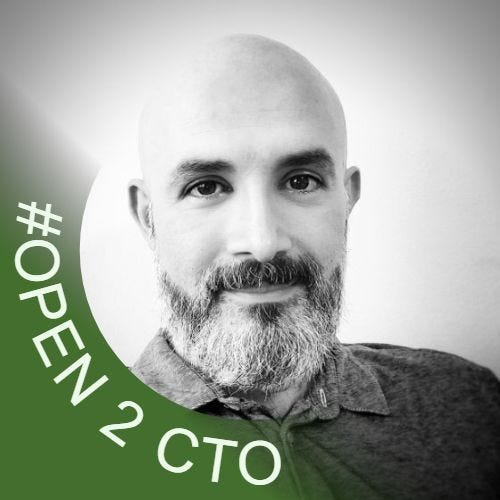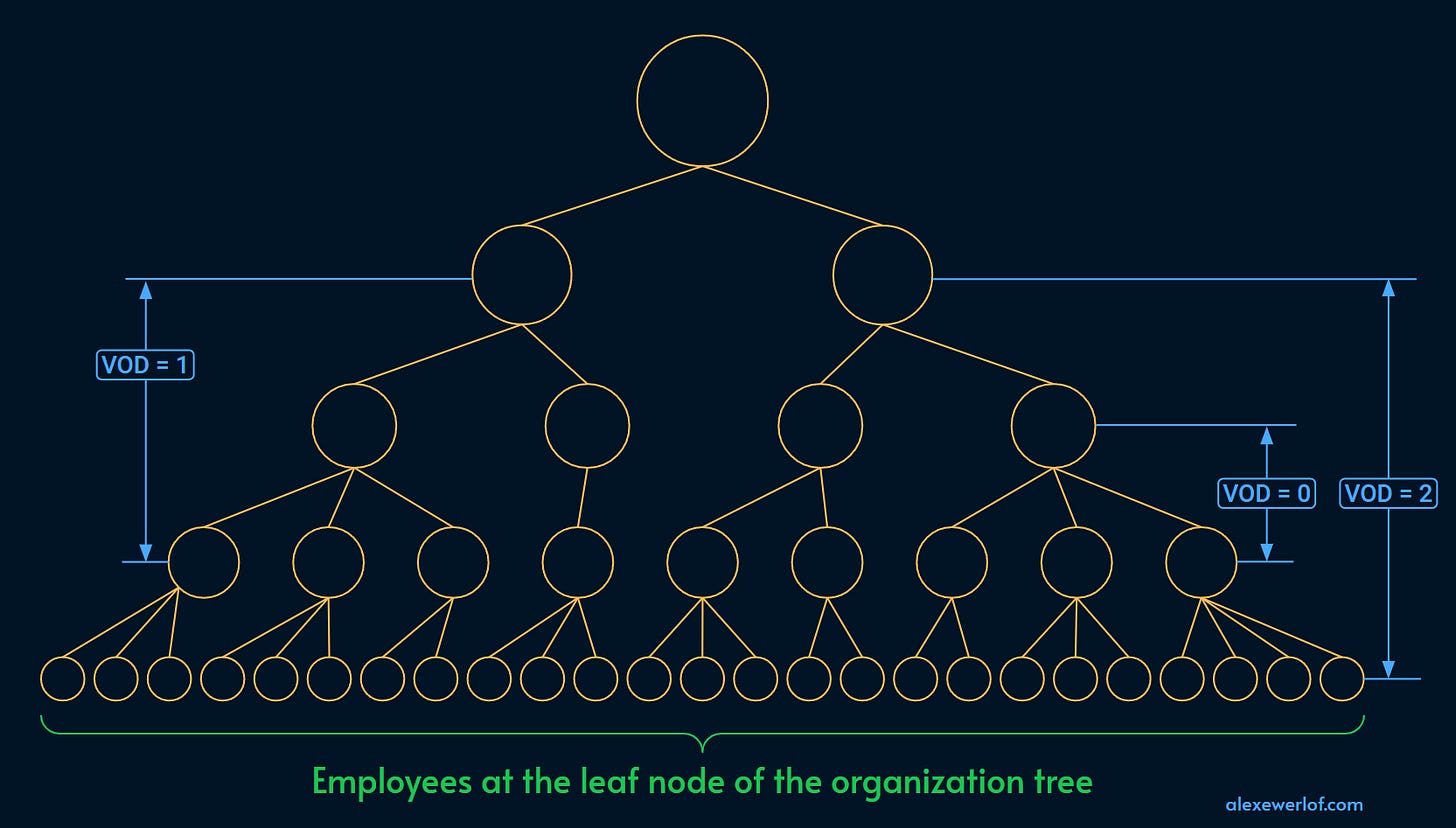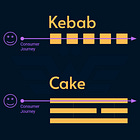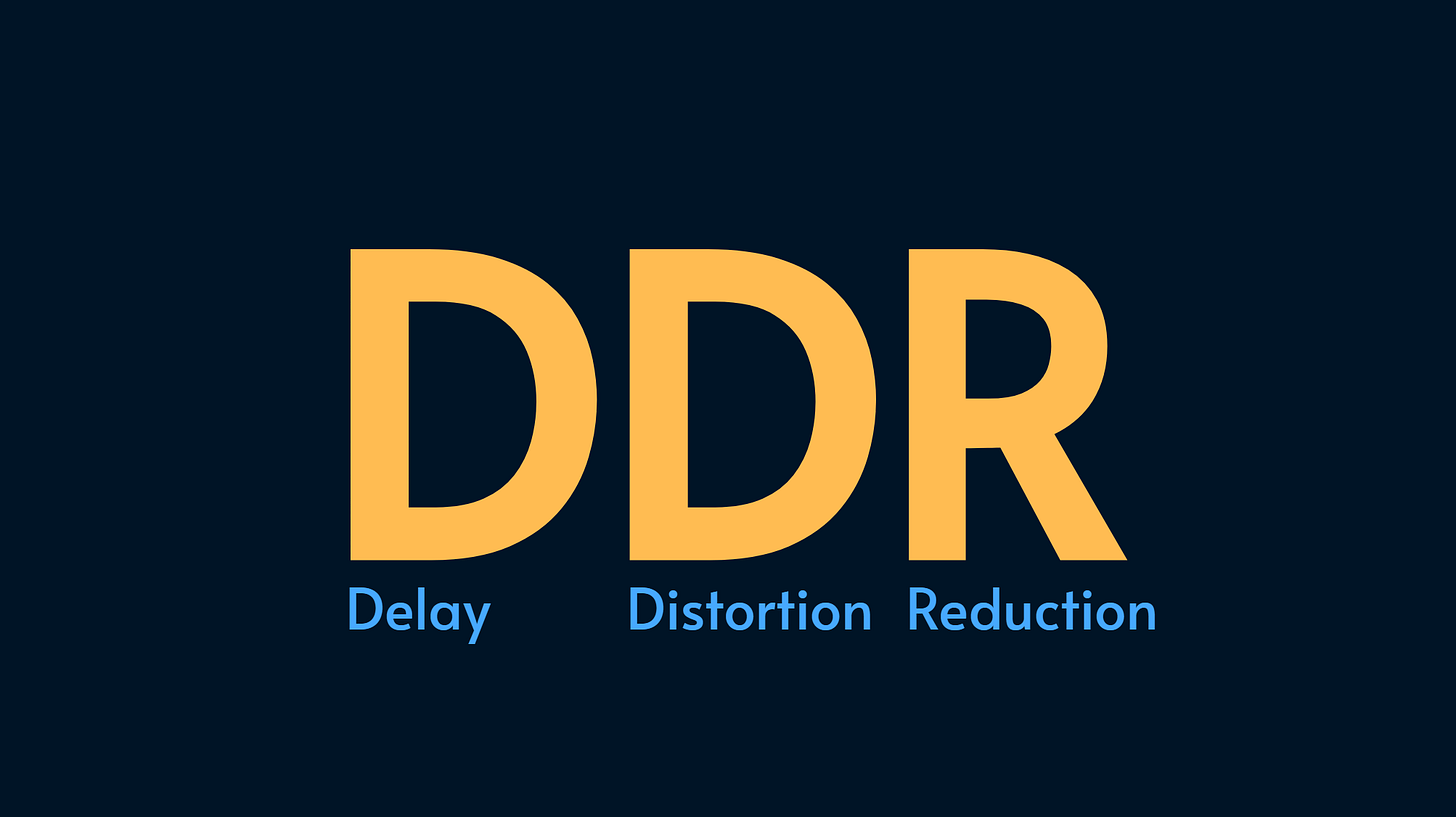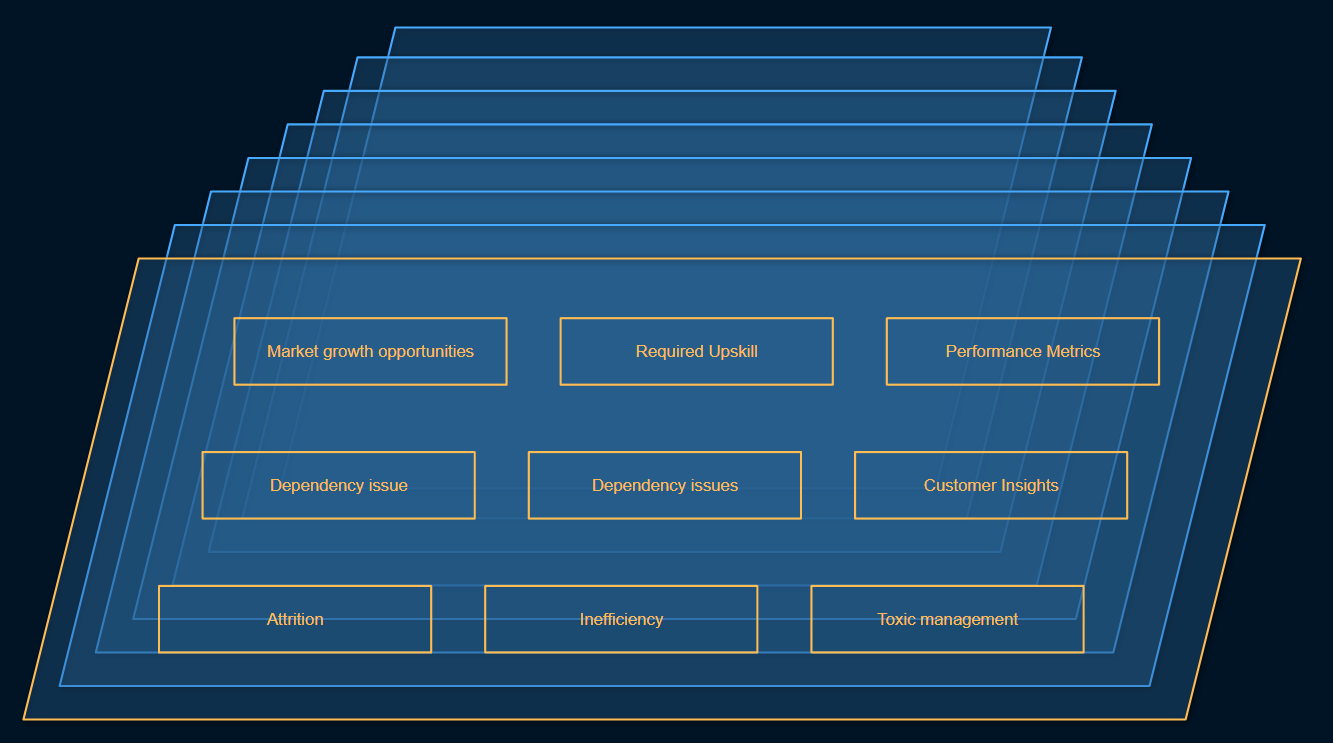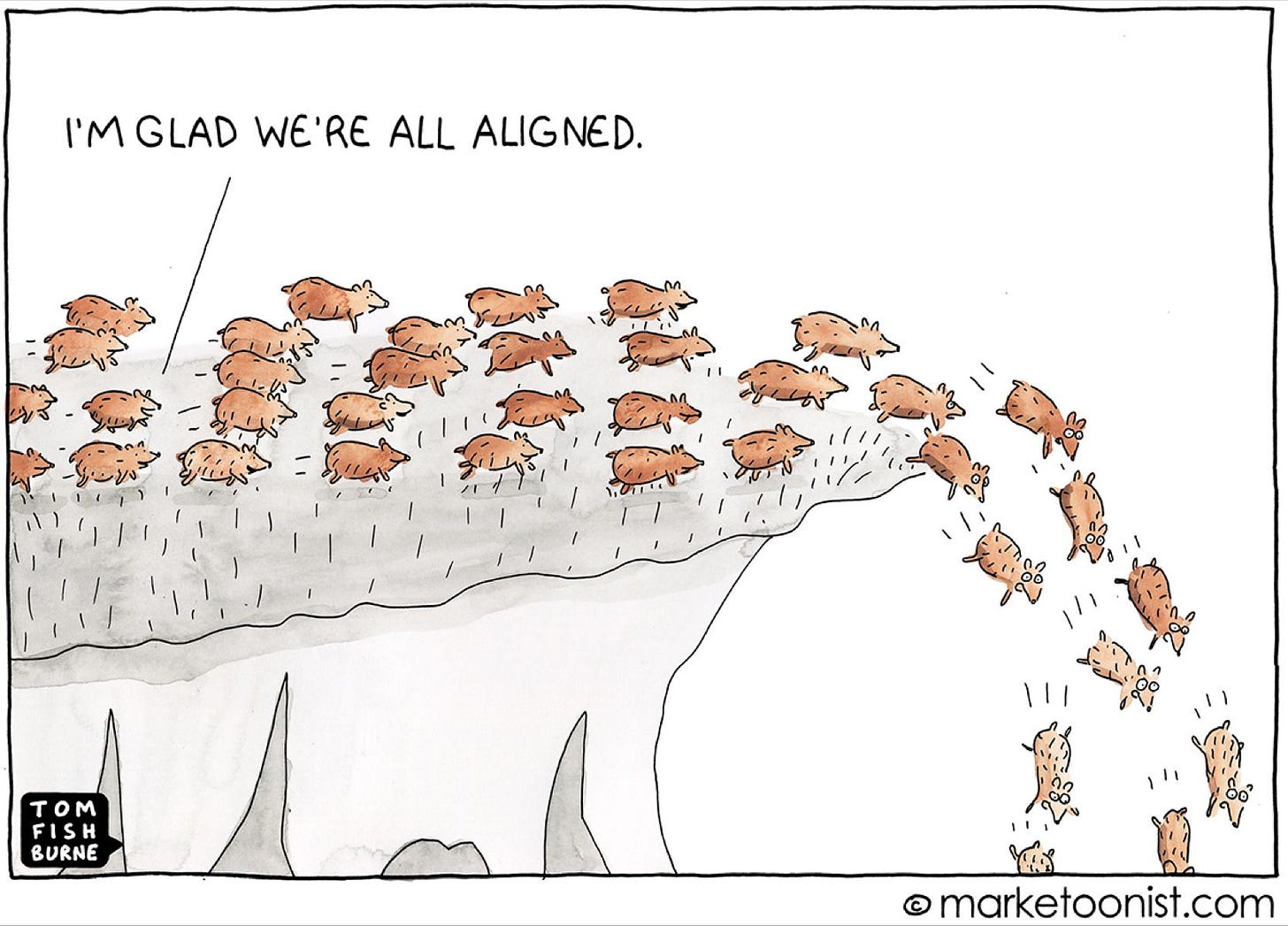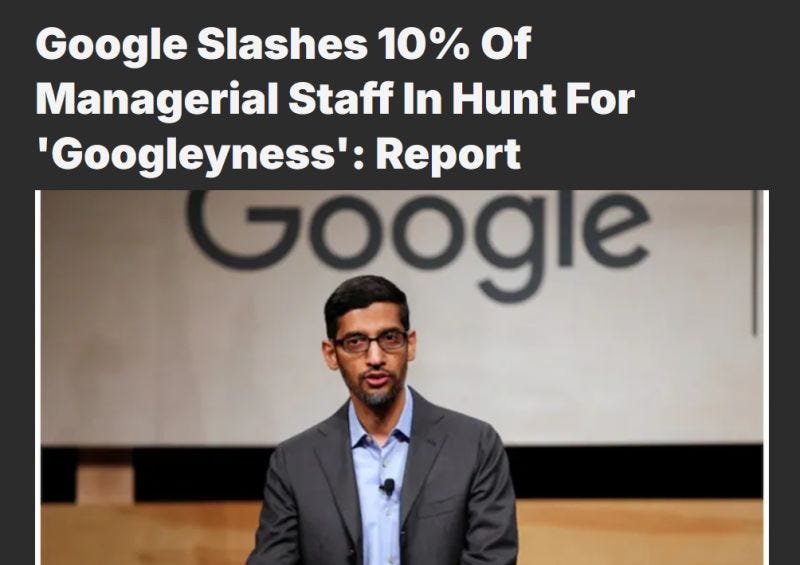VOD
How vertical/horizontal organizational distance impacts the quality of information network, decisions, execution and deliveries?
A quick personal update: I’m exploring new opportunities. If you are looking for a CTO or Distinguished Engineer, you can get in touch or book an interview here.
At the moment I’m in a couple of processes but I want to build more options to pick the best one. If your business needs a curious observer who is not work-shy or ivory tower, we may become colleagues 🙂
More info on LinkedIn including what my former and current colleagues say about me.
Vertical Organizational Distance (VOD) is measured as the number of people between two individuals in the same reporting lines through the organization tree:
VOD primarily influences the information flow which in turn impacts the quality of decisions and execution:
Leaders need quality insight for good decisions. That insight is often at the leaf nodes of the organization tree where people solve concrete problems for the service consumers.
Leaf nodes of the org tree need alignment to pull in the same direction effectively (doing the right thing) and execute efficiently (doing the thing right).
This article is part of a series about organizational architecture and covers the impact of Vertical/Horizontal Organizational Distance with illustrations, videos, and examples. We conclude with pro-tips to reduce the negative impact of high VOD.
🤖🚫 This page contains 1 AI generated image which is marked clearly. Otherwise no generative AI was used to create this content. This page is only intended for human consumption and is NOT allowed to be used for machine training including but not limited to LLMs.
DTT
Distance To Top (DTT) is the Vertical Organizational Distance between an individual and the top person in an organization (typically the CEO of the company or the department lead).
DTT is a special VOD because it impacts the general agility and effectiveness of the organization/company as a whole.
MAX DTT indicates the distance of the individuals farthest away from the leadership which increases the risk of misalignment and poor leadership decisions.
Flat organizations have smaller MAX DTT.
Heavily hierarchical organizations have a higher MAX DTT which means there’s a thicker layer of middle managers.
Silos
If you’ve worked anywhere with more than a thousand people, you’re familiar with the silos: different parts of the organization act as if they are different companies with distinct concerns, cultures, and contexts.
Silos show a bit of “we vs them” attitude and cause friction against cross-organization collaboration.

When I was younger, I tried to break the wall of those silos to bring people together. I still do. But I’ve learned that silos are a side effect of how human hierarchies develop to work around our limited cognitive abilities and bandwidth.
How do they work?
The primary focus of each middle manager is their own subset of the org. They are given objectives (e.g. OKRs) that may not necessarily align with their peers at other parts of the organization.
So they get to work. They may develop strategies and impact the culture in their corner of the “world” where they have mandate.
They may even try to influence and inspire other parts of the org but their impact is limited without the mandate.
Sidenote: it’s totally possible to impact without mandate, which is how great Staff Engineers act as a force multiplier.
HOD
Horizontal Organizational Distance (HOD) is measured as the number of people between two individuals in the organization through the org hierarchy.
For example, there are 3 people between person A and person B in this org tree:
Similarly the HOD between the following A and B is 7:
HOD can be calculated from VOD:
That’s an oversimplification because the line between A and B involves both going bottom-up and top-down, each introducing unique risks —as we’ll discuss.
With that caveat in mind, our main focus in this article will be VOD.
HOD usually doesn’t matter if the organization architecture is reasonable. However, it gets in the way of cross team collaboration especially when the interests of the different part is misaligned. Leadership mandate can act as a tie-breaker as a last resort.
We’ve previously covered how TPM (technical program manager) acts as a virtual kebab stick to align teams across the organization to deliver a specific outcome.
An effective method for reducing HOD is to bring relevant parts of the organization together. We’ve covered this in Kebab vs Cake organization architecture:
You can also read an example of high HOD for platform organizations here:
A problem as old as humanity
The ability to organize in large numbers and collaborate flexibly is why humans dominate the earth while much stronger animals are in cages or struggle to survive on the sidelines. 🐳🦍🐅
If an alien observer zooms in to a hive of hairless monkeys, they may detect hierarchies: formal and informal ones, information hierarchies, power hierarchies, military ranks, governments, and corporate org charts.
Ambitious people want to fly. Cut their wings and they will walk out.
We tend to organize in hierarchies because they are an efficient way to manage cognitive load and skill demand while creating a cohesive whole that has higher bandwidth than its parts. The reporting lines primarily exist to support alignment, distribute accountability, and aggregate insights.
Unfortunately hierarchies also introduce new problems like diffusion of accountability, information bottlenecks, and the heroism it takes to keep a corrupt system up and running.
This post uses a simple tree structure to represent the org chart. The reality is more complex and resembles a graph:
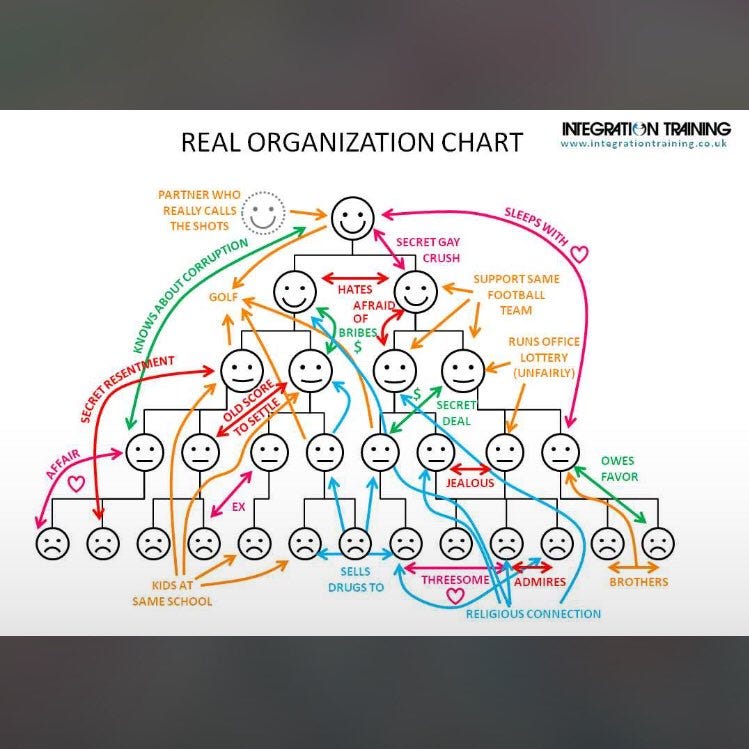
A simplified model
Let’s use a simplified model to examine the impact of VOD.
Suppose all the important decisions are made at the top while the bottom layer is only responsible for execution.
Note: this is the kind of environment where the managers at the top call themselves “Head”. To them, the rest of the org is just an execution “body” with no interesting thoughts. All thinking are abstracted to the top. You can easily look up what your managers call themselves on LinkedIn. 😄
The decision has to trickle down through layers of information brokers to reach its target:
Each layer introduces a risk of:
Delay: it takes time for each layer to understand and communicate to the next layer regardless of using meetings or more clever mediums like write-ups
Distortion: misunderstanding, misinterpretation, miscommunication whether intentional or malicious
Reduction: filtering out information whether intentional or unintentional
Good decisions need good insights.
Assuming that in this simplified model, only the leaf nodes of the organization interact with consumers to solve their problem, that’s where the best insight is.
However, an insight has to bubble up through layers of information brokers to reach its target:
You may recognize the similarity between an org tree and the computer data structure of the same name. There’s a significant difference between computers and humans.
Computers are quick, predictable, and logical creatures which store and process a massive amounts of data without distortion.
Humans are the opposite!
In fact, when computers fail to do what they’re supposedly good at, almost always a human was involved! 😁
Humans are flexible and can adopt to novel situations, but every additional layer of humans in the hierarchy increases the risk of delay, distortion, and reduction.
The Chinese Whisper game is a method of perception education that relies on a line of people convey a message by whispering mouth to ear one at a time. The fun of the game comes from the subsequent solution, in which the last person in the row says out loud what they understood as the message.
It demonstrates delay, distortion, and reduction of information.
The idea is not new. Here’s a visual variation with 2 persons:
Reduction
Let’s do an experiment.
Suppose every layer of the hierarchy is a sheet of glass. Don’t we all want glass-level transparency? 😄
By this point, it should be obvious that the glass is not fully transparent: the information is lost at every human layer due to delay, distortion, and reduction.
For the sake of simplicity, let’s just assume that only 20% of the information is lost in each layer.
Putting a few layers of 80% transparent glass on top of each other, we get this:
As you can see, every layer makes the layer below slightly more opaque. We are overly simplifying here. In reality, some human information layers are completely opaque while other layers are more transparent. But we go with 80% transparency in this model.
Bubble up information reduction
Leadership needs insights that exist at the lower layers of the org tree. At the bottom layer, these insights are obvious:
That information is not very legible when looking from the top layer down:
In the hierarchy pyramid, there’s more people at the bottom than the top. This means the leaf nodes of the org tree generate more data than can be consumed at the higher level:
The leader cannot consume all the data or insight. “Executive summaries” are pragmatic but they take away part of the insight, context, and impact of the feedback.
An aspect that’s not shown in the image is information compartmentalization. In reality, the insights of leaf nodes exists in pockets of information that’s localized to the context defined by department, cluster, and team solving a subset of consumer problems.
“The lower the rank of managers, the more they know about fewer things. The higher the rank of managers, the less they know about many things.”
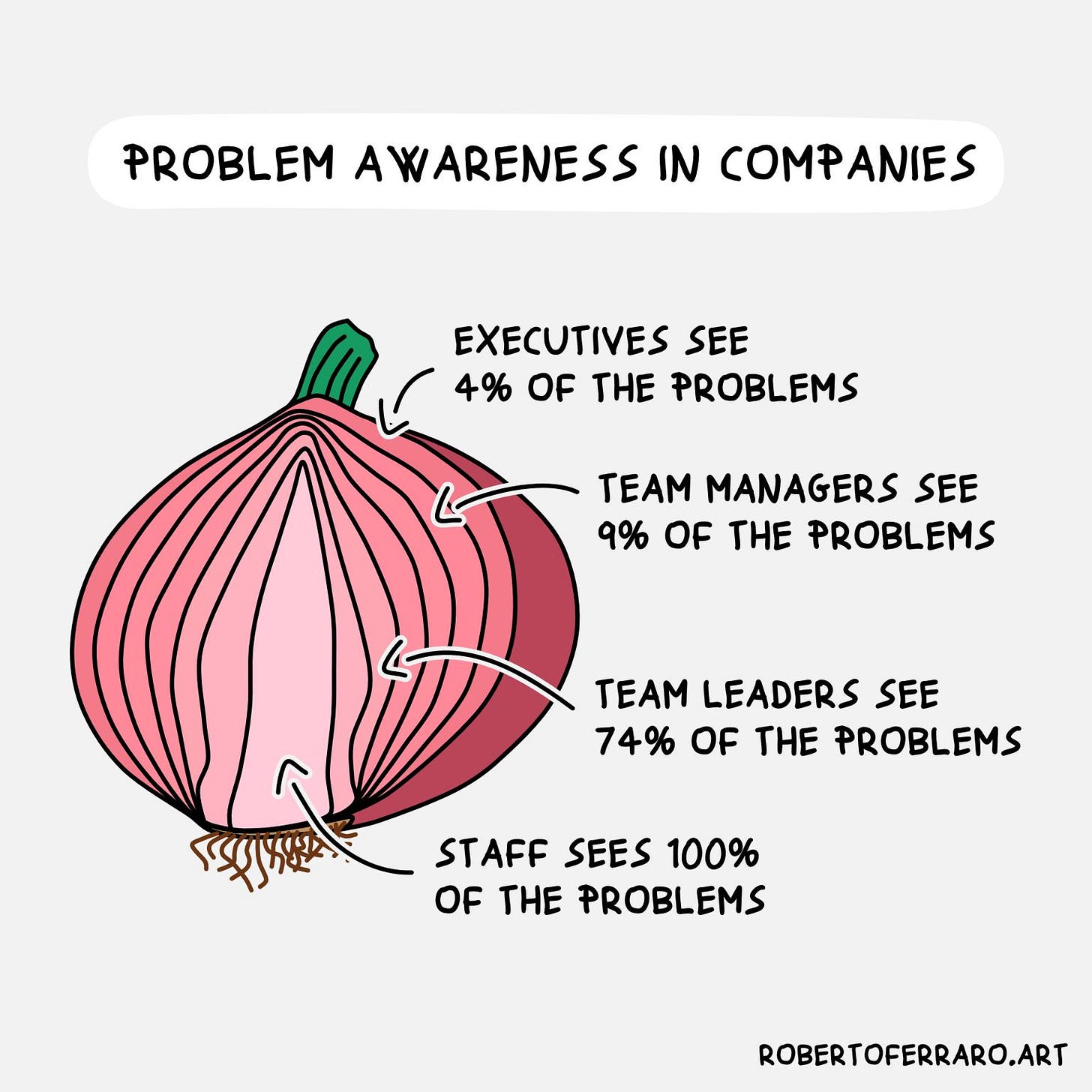
Trickle down information reduction
Let’s look at a strategy that’s clear at the leadership level:
Changing perspective from the bottom layer, this is the amount of information that trickles down:
Not readable right?
That’s how it feels to be at the leaf nodes of the org and look at fancy talks and carefully crafted presentations coming from top levels.
Many people at the leaf nodes of the org tree learn that top-level leadership worries are not their worries. The longer the VOD, the less impact it has on their day-to-day lives in general. They can afford to ignore leadership until they can’t.
Most of what’s labeled “Politics” are just reasonable conversations that were had in a room where you were not in.
The leadership on the other hand is frustrated with misaligned execution and lack of insights which forces them to go with gut feelings, services from management consultancy companies (e.g. McKinsey), or just winging it. Those are symptoms of ivory tower leadership who are detached from the realities of their organization.
Most organizations don’t have a proper bottom-up feedback channel due to power asymmetry between employees and managers. As a result, the insights are typically stuck somewhere in the middle and never reach the top.
The communication network is clogged. Poor communication leads to poor execution.
Distortion
To show the impact of information distortion, we can add noise to one of those layers:
Here’s what we get for top-down decision distortion:
…and bottom-up insight distortion:
And that’s just one layer distorting the information!
Scale it to multiple layers and you get this:
Tall organization charts cultivate a gap between executive and executives that is filled with middle managers whose sole reason to exist is to manage up and down.
This cartoon aptly demonstrates the key skill needed at these levels:
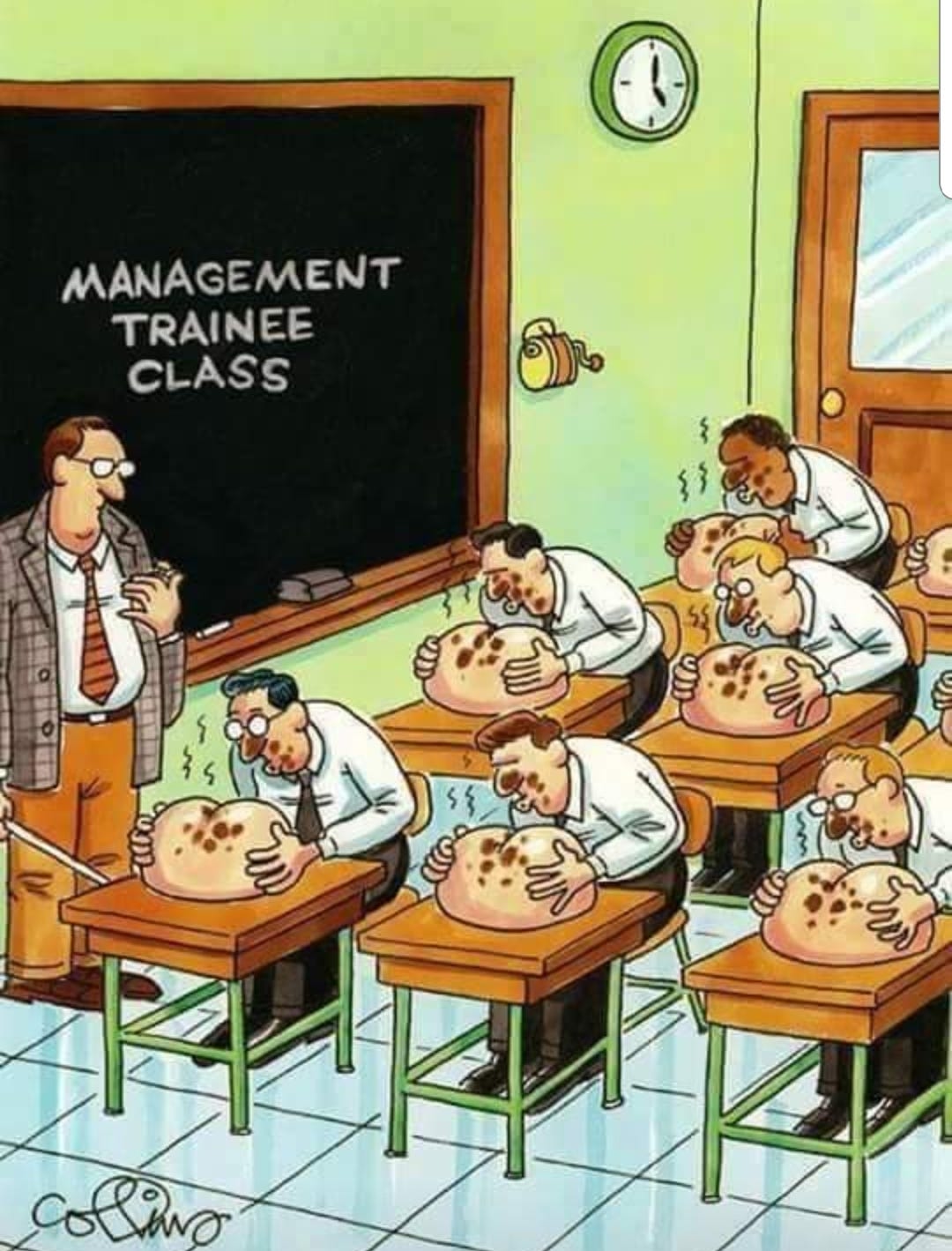
Delay
Our illustration used light as a metaphor for information. Each layer adds delay to understand the information and then communicate it to the next layer.
Here’s how it goes in a meeting-heavy work culture:
The CEO goes to a meeting with the other C-Level, to take a decision.
They in turn meet their VPs to communicate the decision.
The VPs communicate with directors, and so on and so forth all the way to the team level.
The reverse is equally horrible with an extra twist: most bottom-up information flows are broken. For a piece of insight to travel upwards, it has to come from multiple sources to gain enough credibility and weight to bubble up. That accumulation takes time.
The longer the distance between executives and the people who execute, the longer it takes for the organization to react to change.
Think of it like holding a long and flexible screwdriver while trying to fix an engine. The longer it is, the more inertia it has and the less precision.
Pandemic, war, sanctions, inflation, AI, end of ZIRP, elections, climate change, etc. It’s safe to say that accelerating change is the new norm.
In time of crisis, that lack of agility can cost the collapse of the company.
The quality of information networks (both bottom up and top down) is the key contributor to the agility of an organization in the face of change.
What distinguishes the organizations that thrive, survive, or collapse is their ability to adapt to change.
It’s not about alignment
High VOD manifests itself as:
Frustrated executives
Clueless execution
Slower evolution
Waste of effort, time, bandwidth, and money
Before going to solution mode and discussing pragmatic ways to reduce VOD, let’s make one point clear: alignment is not the goal.
Perfect alignment can scale failure:
A healthy information network is a 2-way street where leadership and leaf nodes of the organization tree can exchange without the need to go through brokers —AKA middle managers.
I recently came across a comment under this post:
Let me translate this corporate theater into actual numbers:
The real cost of "zero value" management:
$500K salary × 100 managers = $50M burned
50% efficiency loss × 1000 engineers = 500 engineers wasted
30% project delays × $10M projects = $3M/project lost
Countless good engineers leaving
But here's what nobody talks about: This isn't a bug. It's a feature.
Large tech companies NEED:
Political layers
Decision diffusion
Responsibility dispersion
Accountability shields
Why? Because at scale:
Clear ownership = clear blame
Direct communication = direct responsibility
Efficient processes = fewer managers
Quick decisions = risky careers
The real game isn't finding “good managers”. It's understanding that:
Systems create behaviors
Scale rewards politics
Size demands inefficiency
Bureaucracy protects careers
Want actual success? Don't look for “good managers”. Build small, accountable teams. —Pranjal Gupta
I’m well aware that republishing this comment makes very powerful enemies but it resonates with my experience over 2 decades.
Besides truth is bigger than one person. Knowing this enables leaders make more deliberate choices when designing their organizational architecture with VOD, HOD, and MAX DTT in mind.
Politics
Most of what’s labeled “Politics” are just reasonable conversations that were had in a room where you were not in.
That has two side effects:
Feedback: Your feedback wasn’t heard and didn’t influence the decision
Context: You weren’t part of the thought process that led to the decision
By the time it reaches you, it just looks like bullsh*t because it doesn’t map to the problems you see or solution you expect.
My monetization strategy is to give away most content for free. However, these posts take anywhere from a few hours to a few days to draft, edit, research, illustrate, and publish. I pull these hours from my private time, vacation days and weekends.
You can support this work by sparing a few bucks for a paid subscription. As a token of appreciation, you get access to the Pro-Tips sections as well as my online book Reliability Engineering Mindset. Right now, you can get 20% off via this link. You can also invite your friends to gain free access.
And to those of you who support me already, thank you for sponsoring this content for the others. 🙌
Pro-tips: How to reduce VOD?
VOD, HOD, DTT, bubble-up, trickle-down, information networks, communication brokers, … What can you do with this information?
Flattening the organization is the obvious reaction to this post but it’s not always an option.
There’s a lot that can be done without firing middle managers. You can experiment with these at a small level and scale up if they works for your unique business model, people, and challenges.
This section discusses actionable advice to improve the quality of information network in both ways:
Async decision records (ADRs): pushing decisions closer to where they’re executed
Skip-levels
Report-down
Stay-interviews
Keep reading with a 7-day free trial
Subscribe to Alex Ewerlöf Notes to keep reading this post and get 7 days of free access to the full post archives.



